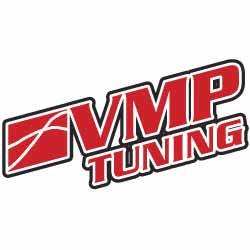So let's suppose I get a set of Boss 302 springs for my GT. It's pretty darned cheap when you get right down to it, about $160 for all 4 corners, it gets me the ride height I want in the front and the rear (I want to keep the geometry in the rear about the same as stock so as to avoid pinion angle and anti-squat geometry issues, but want the rear to be reasonably well matched with the front. And since Ford has basically done the engineering work with respect to matching the front and rear springs, it seems logical to take advantage of that).
I want adjustable shocks, and the Koni sports are widely regarded as excellent.
My question is this: since Koni Sports don't seem to have model-specific versions, is it likely that the compression setting in the shocks are going to be mismatched to the springs? How much tolerance is there in that? Koni Sports can supposedly be revalved (though doing so is, from what I've seen, rather pricey), but that raises the question of how one would be able to figure out what to revalve them to. Is that something that can be determined through calculation, based on the suspension travel, the spring rate, and the corner weight? If so, how does one go about calculating the proper valving?
I want adjustable shocks, and the Koni sports are widely regarded as excellent.
My question is this: since Koni Sports don't seem to have model-specific versions, is it likely that the compression setting in the shocks are going to be mismatched to the springs? How much tolerance is there in that? Koni Sports can supposedly be revalved (though doing so is, from what I've seen, rather pricey), but that raises the question of how one would be able to figure out what to revalve them to. Is that something that can be determined through calculation, based on the suspension travel, the spring rate, and the corner weight? If so, how does one go about calculating the proper valving?





